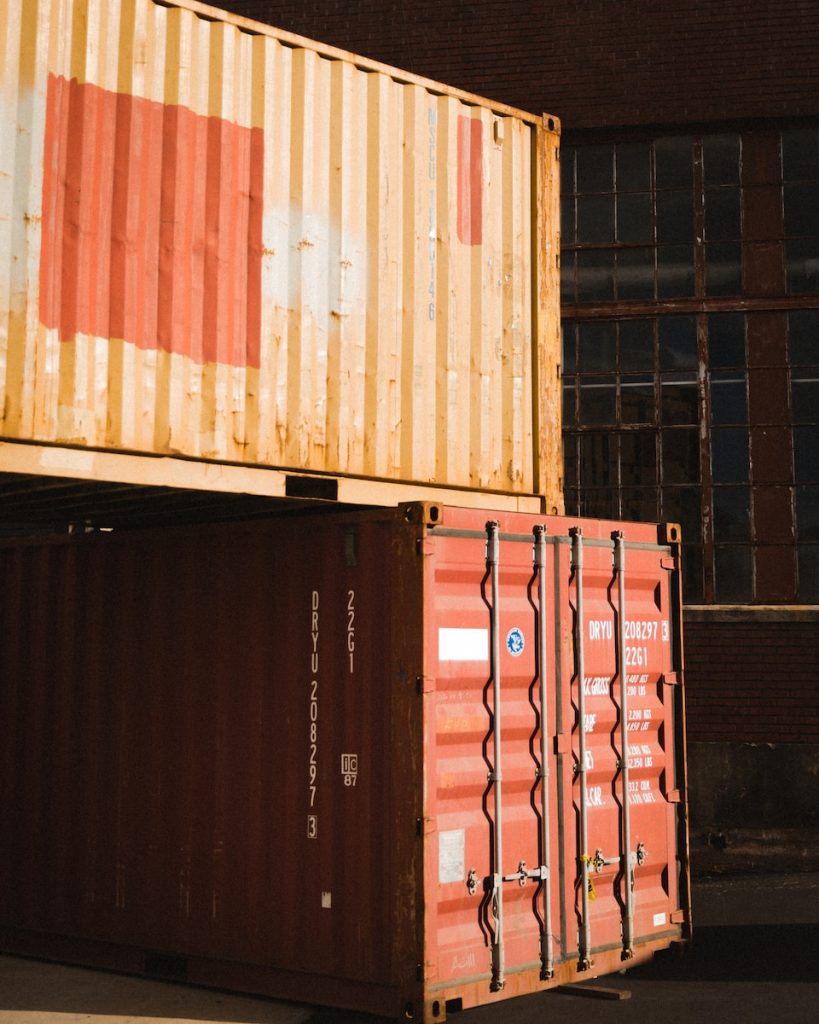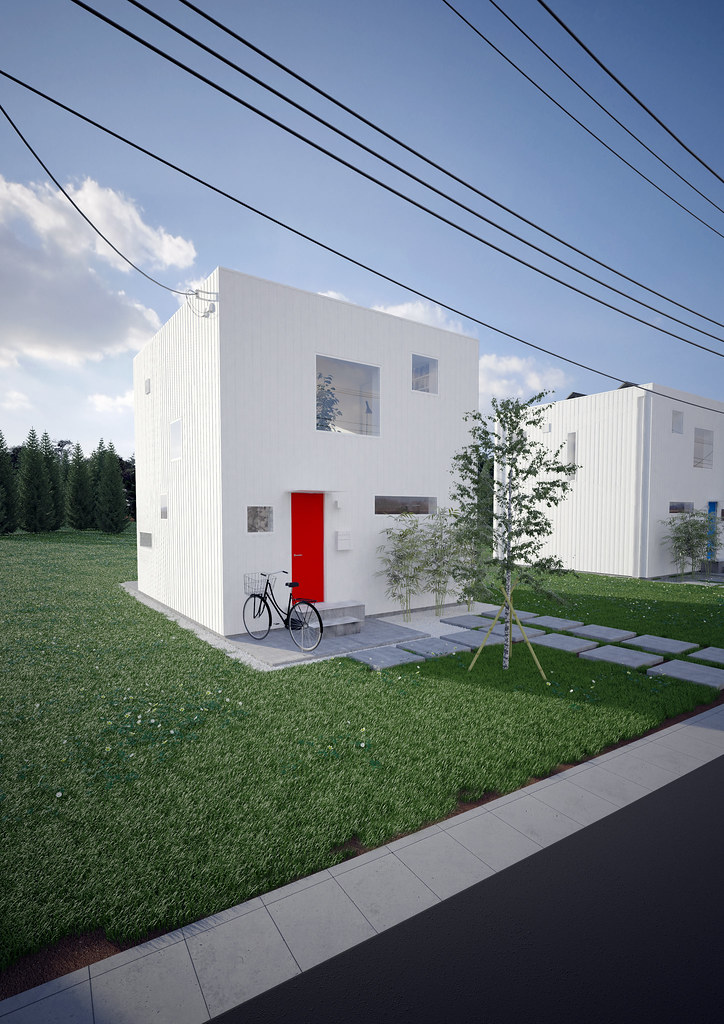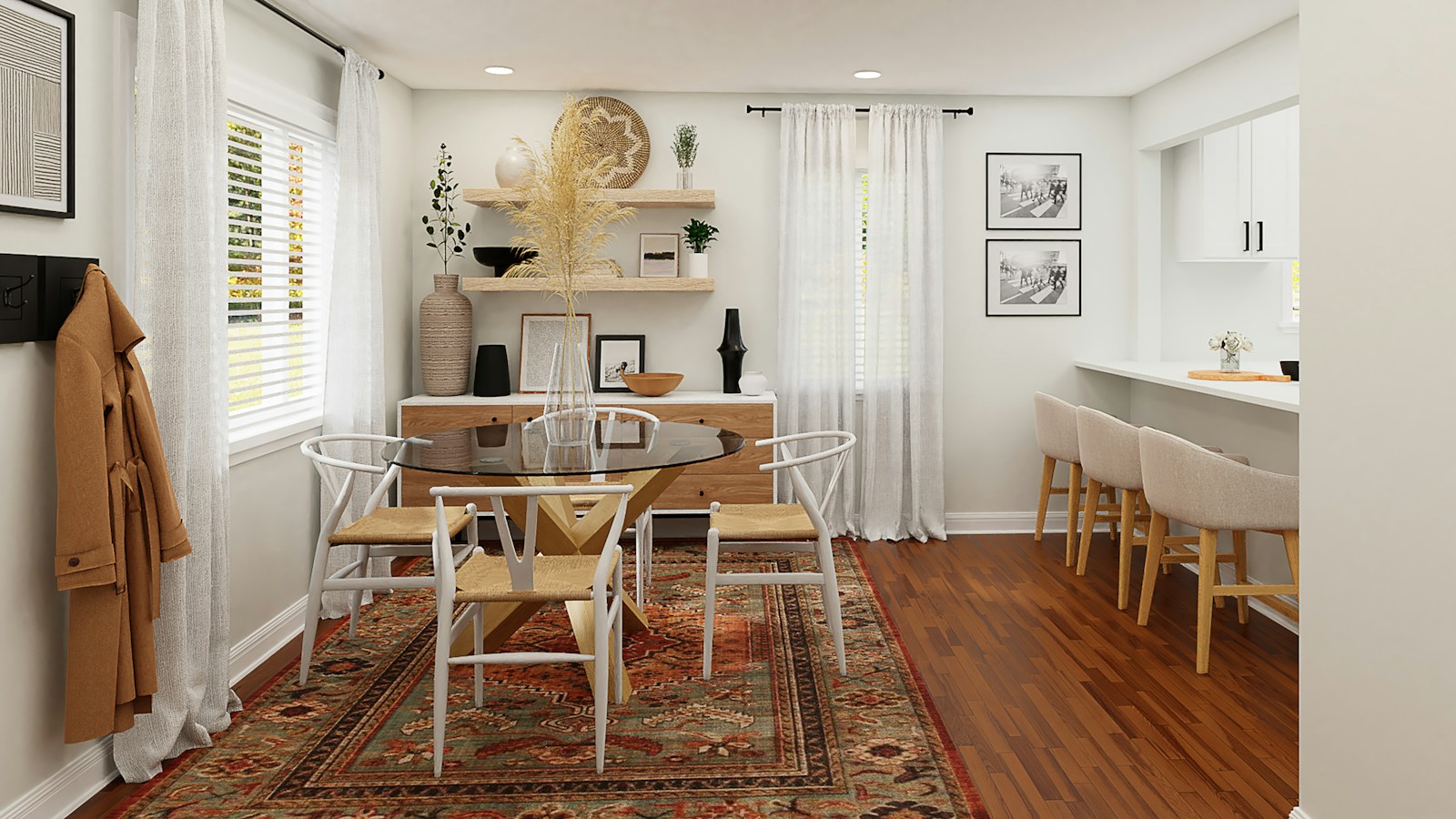Hello, fellow container home enthusiasts! I’m Emily Owens, and I’ve been on a container home journey for the past four years. If you’re as intrigued as I am by the idea of transforming these steel giants into cozy, sustainable abodes, you’ve come to the right place. In this comprehensive guide, we’ll dive deep into the world of container home construction, covering everything from design and permits to insulation and interior decor. So, grab your hard hat and let’s get started on this exciting adventure!
Dream Big, Plan Smart
Before you even think about buying a shipping container, it’s crucial to have a clear vision of your dream container home. What are your must-haves and nice-to-haves? Consider factors like location, size, layout, and your budget. Sketch out your ideas or work with an architect who specializes in container home design. Here’s where your creativity can truly shine!
Permits and Regulations
Now, let’s get down to the not-so-glamorous part: permits and regulations. Building a container home isn’t always straightforward, as zoning laws and building codes vary from place to place. To avoid potential headaches down the road, consult with your local authorities to understand what’s required in terms of permits and inspections.
For example, in some areas, you might be required to get a special permit for container homes, while in others, you can treat it like any other dwelling. Ensuring you’re in compliance with local regulations from the outset will save you time and stress.
Container Selection

Ah, the fun part—choosing your containers! Shipping containers come in various sizes, but the most commonly used ones for homes are the 20-foot and 40-foot versions. Consider the number of rooms you want and the available space on your property when making your selection.
When buying containers, inspect them thoroughly for any signs of damage or rust. Remember, these containers have traveled the high seas, so a little wear and tear is expected. But, avoid containers with extensive corrosion, as they could compromise the structural integrity of your home.
Foundation Matters
Before your containers can become the home of your dreams, they need a solid foundation to rest upon. There are several options to choose from, such as a concrete slab, piers, or even a full basement. Your choice will depend on local conditions, budget, and the design of your container home.
A proper foundation ensures stability and helps level your containers, making the rest of the construction process smoother.
Structural Modifications
Now comes the fun part—cutting and welding! To create your desired layout, you’ll need to make structural modifications to the containers. This may involve cutting out windows and doors, reinforcing walls, and connecting containers if you’re going for a multi-container design.
When making cuts, be sure to reinforce the openings with proper framing to maintain the container’s structural integrity. It’s a bit like performing surgery on steel giants, but with the right tools and skills, it’s entirely doable.
Insulation and Climate Control
Container homes can be a bit like ovens in the summer and iceboxes in the winter if not properly insulated. To ensure comfort year-round, invest in high-quality insulation. You can use various materials such as spray foam, rigid foam boards, or fiberglass batts, depending on your budget and climate.
Pro tip: Don’t forget to insulate the floors and ceilings as well to keep your container home cozy and energy-efficient.
Plumbing and Electrical Systems
It’s time to bring your container home to life with plumbing and electrical systems. Consider hiring professionals for these tasks, as they involve complex work that needs to meet safety standards. Plan your plumbing and electrical layout carefully to maximize space and efficiency.
Interior Design

Now for the really fun part—interior design! The beauty of container homes is that you can embrace your creativity to make the space uniquely yours. Think about colors, furnishings, and décor that resonate with your style. Use clever storage solutions to maximize space in your compact living quarters.
For example, use multi-purpose furniture like sofa beds and wall-mounted shelves. You can also incorporate elements like skylights or large windows to brighten up your container home and make it feel more spacious.
Exterior Finishing
Don’t neglect the exterior! The façade of your container home is your chance to make a statement. You can leave the containers’ original steel finish for an industrial look, or cover them with siding or cladding materials for a more traditional appearance. Landscaping and outdoor spaces are also crucial for creating a welcoming environment around your container home.
Final Inspections and Permits
Before you can move in and start enjoying your container home, you’ll need to schedule final inspections with the local authorities. This ensures that your home meets all safety and building code requirements. Once you’ve received the green light, you’re ready to call your container home your own!
Building a container home is a rewarding journey that allows you to create a unique living space while embracing sustainability and innovation. By following these steps and staying patient and persistent, you’ll be well on your way to enjoying the cozy comforts of your very own container home. Remember, it’s not just about the destination; it’s about the adventure along the way!
So, whether you’re considering a single-container retreat or a multi-container masterpiece, remember that with a dash of creativity, a sprinkle of patience, and a dollop of determination, you can build the container home of your dreams. Happy building!



















Find Us on Socials